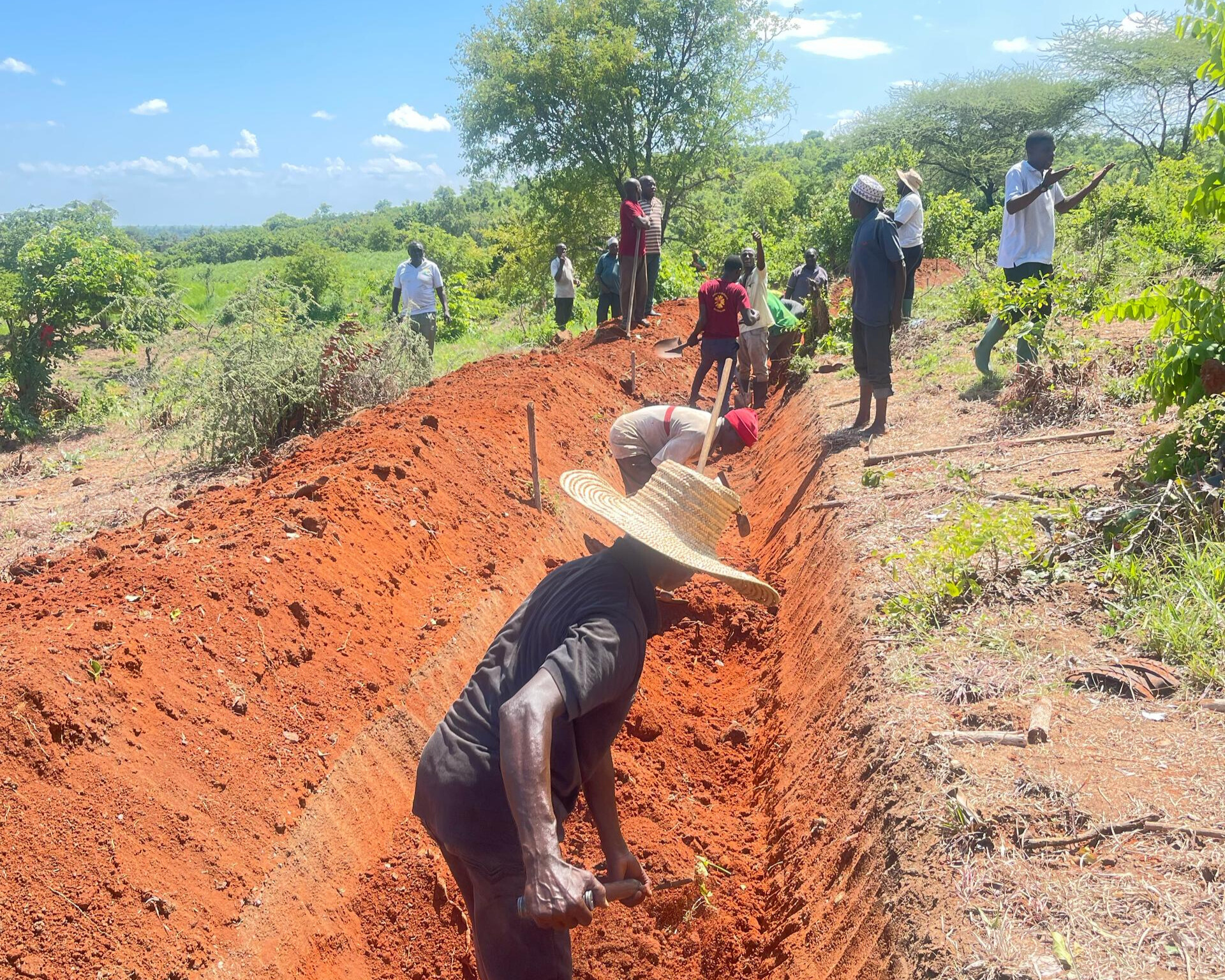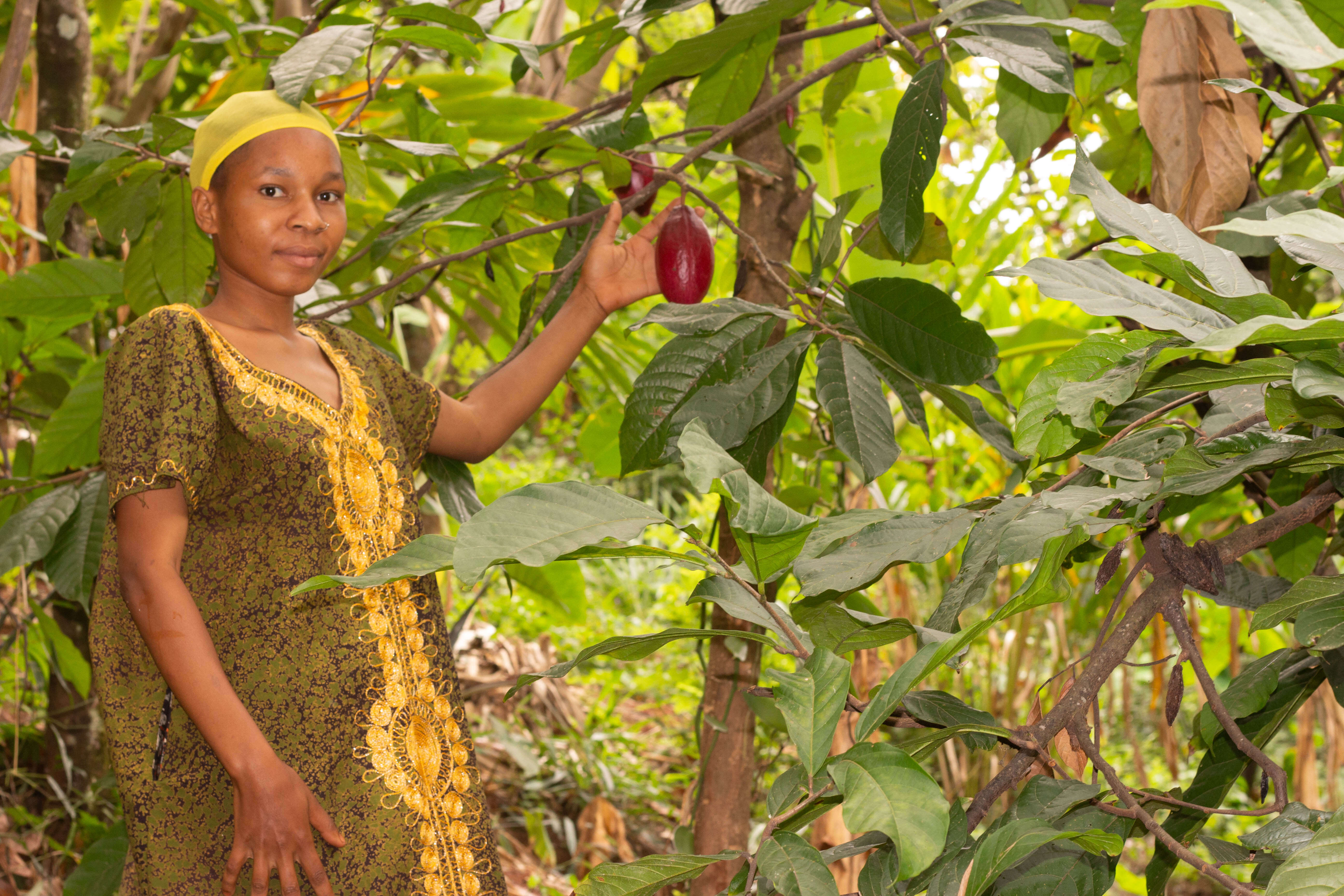Health is Wealth: SAT’s mission at Nane Nane

Staying healthy in mind and body is a result of many things. The amount of exercise we do, the genes that have been passed on in our family, frequent medical check-ups and perhaps most importantly what we put in our body. Not only regarding the foods we eat, but also regarding how those foods are made and processed. “Staying healthy is the beginning of everything”, insists Adrian Barnabas, one of SATs facilitators as he stands infront of the very green, very busy and 100% organic showcase, Sustainable Agriculture Tanzania (SAT) has prepared for the annual Nane Nane event.
It is the fifth day of Nane Nane and there is, as always, a steady flow of visitors to the Sustainable Agriculture showcase. Nane Nane is an annual celebration that recognizes the contribution of farmers to the Tanzanian economy. It runs for 8 days, with agricultural exhibitions running in different regions across the country, it all culminates with a national holiday, on the 8th of August. The agricultural sector provides a living to around 80% of Tanzania’s workforce, while accounting for 26.7% of the country’s GDP. A part of this agricultural economy is courtesy of SAT, which is one of the first organic movements in East Africa.
Adrian Barnabas and the rest of the SAT workforce has been preparing the SAT field for the exhibition since late June up until the end of July. Their mission? Spreading awareness around organic agriculture both to farmers as well as to their customers. Adrian is a proud ambassador of agroecological farming methods and their benefits, “We want people to be drawn to our work and spread it across Tanzania and then other countries”, he mentions.

SAT has a variety of different technologies and farming techniques on display at the Nane Nane grounds. These range from techniques making use of demonstration gardens, animals and even stoves. For this year’s exhibition we have introduced the “Jokofu La Asili”, the only technology of its kind available at Nane Nane. The “Jokofu La Asili” acts as a cold room of sorts, using materials easily available to farmers and locals such as burned bricks and sacks to create an eco-friendly “fridge”, which farmers can use to store their produce so that it stays fresh long after harvest.

SAT’s demonstration garden at the Nane Nane grounds country wide welcomed 1020 visitors in Dodoma and 2448 visitors in Morogoro. Professor Mgula from Sokoine University of Agriculture was one of the many visitors in Morogoro, impressed with the work SAT is doing he stressed the need for more farmers to be educated on the importance of Organic Agriculture.
“Many of our farmers are not knowledgeable about the topic and they are not aware of the effects of using pesticide, they just want to kill insects, not thinking about the effects to their customers or even themselves in the long run,” Professor Mgula said.

SAT is a proud member of the Agricultural sector and a proud pioneer of the organic movement in the country. With every person educated on the benefits of organic farming, we believe we can make Tanzania and the world a better place.
You can learn about our farming practices by registering for our Farming Training Courses. Click here for further details.






